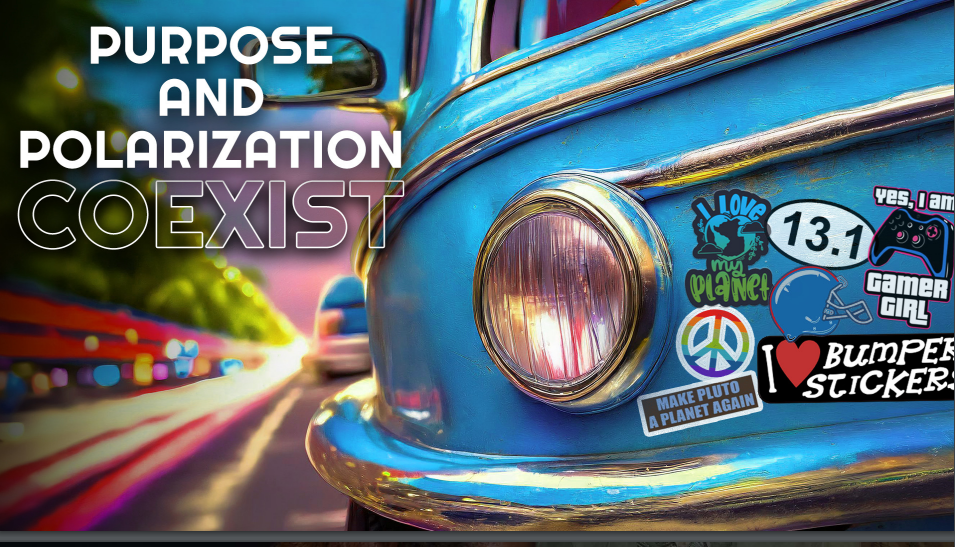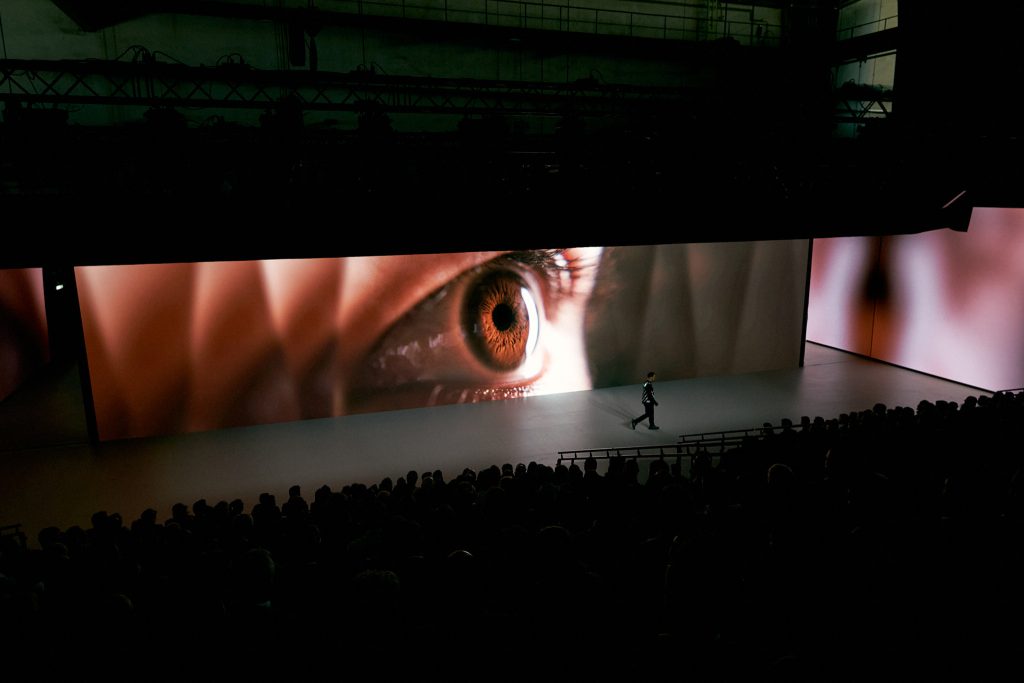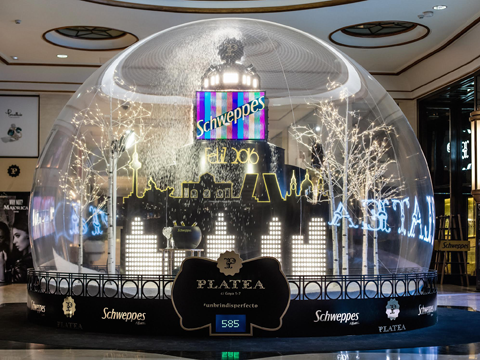How to create the attendee journey

Share news
Listen
We are in the customer centric culture, putting the customer at the centre is important for companies. A strategy that starts from the basis that not all clients are equal and thus, you will have to listen to their needs and segment them to give everyone what they want or need. Well, if we extrapolate this to events, our strategy would be attendee centric. But what is the attendee journey and how is it built? We extract 5 lessons from this session.
- The Attendee Journey is a tool that collects, in an orderly manner, the set of experiences that attendee relates with the event. The sum of the interactions with the speakers, sponsors, spaces, activities, other attendees … will help us to draw the map that will guide all our actions. Each point of contact is important in the design of the experience.
- It is key to keep in mind that there is a before, during and after the event, and we are responsible for everything the attendee lives in these stages. The event not only consists of what happens in the place, but everything that surrounds it, from the invitation, through the registration, the entrance and the welcome, the content of the event, the catering, the programmed activities…
- This tool will allow us to measure concrete experiences, not general indicators. It can be designed based on the measurement of specific facts and perceptions at each moment of the event.
– Facts: objective actions that occur or not: “I waited less than 10 minutes to enter the event”. This we should measure with a Yes / No
– Perceptions: subjective situations that depend on the attendee: “the wait was short.” This we propose to measure with a scale from 1 to 10.
- When we know what our attendee goes through in every moment, we can then act. The key is to specify what actions the attendee will live, focusing on the pain or “painpoints” and the “key facts” (the ones that most correlate with KPIs).
- Once we have designed it, we must implement it and, later, measure its success through an attendee “voice system”, which will provide us with data after each event that, in turn, will become action levers for the following.
To create the Attendee Journey, the key is for the organiser to put themselves in the shoes of the attendees. There are several techniques to do this:
- Imagine yourself in the event, what are the moments that you are going through?
- What experiences do you have at every phase of the event?
- Ask a group of attendees (focus group) to collect different perspectives and reduce the opinion biases that can influence people individually
- Ask through questionnaires to the maximum number of attendees to explain what they have experienced (we recommend doing so after the qualitative part, which are the points mentioned earlier)
Just as a geographical map shows the way to reach a destination, the attendee journey is the map that helps to break down each step of the attendee’s journey from the beginning to the post-event follow-up.









